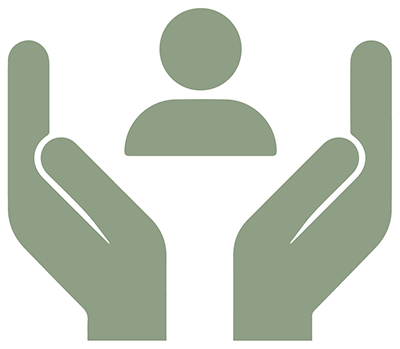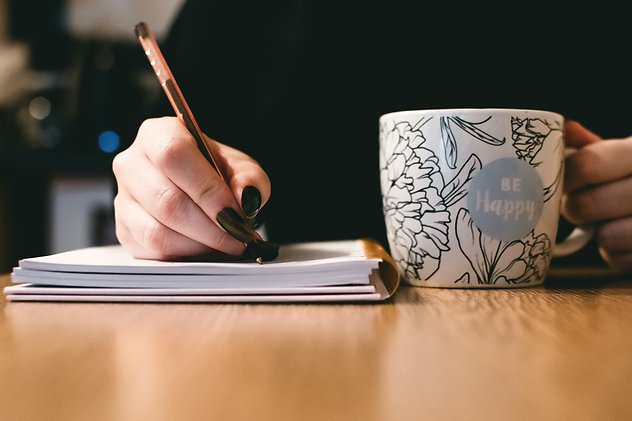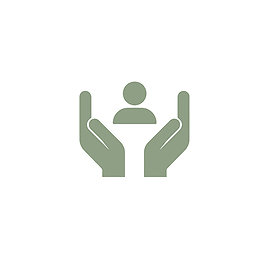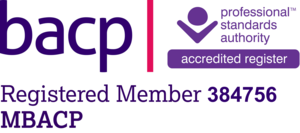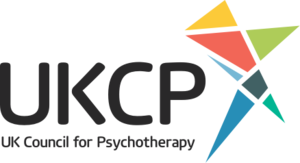I really believe that we need to engage the mind, body and soul to bring about healing. There are some practices that we can adopt to help us.
I have outlined a couple below: journaling and meditation.
Through the act of just being where we are and not trying to get anywhere or do anything, we can step out of pressure cooker of modern life with all of it’s attendant anxieties and pressures. It’s our chance to be a Human Being rather than a Human Doing.
Numerous peer-reviewed studies have shown the benefits of meditation in reducing depression, stress and anxiety, and building a better self-image and a more positive outlook on life. Researchers have found that meditation may also change our brain structure. In depression it has been found to affect the amygdala, which is involved in our emotional response.
There are many ways to meditate. I am going to outline a method I learnt at the Shambhala Meditation Centre. It incorporates a few gentle exercises that help us connect to our bodies and take a well-earned break from our constantly whirring minds. This particular meditation is done sitting down with the eyes open. It focuses on the breath and can be done anywhere.
It's best to do the exercises and meditation in either socks or bare feet and loose clothing that allows you to breathe freely. Before you start the exercises, acknowledge what you are feeling and also sensing in your body. Be honest in your declaration, and don’t worry if you can’t connect to any physical sensation, that’s okay.
Please only carry out the following exercises if you feel fit enough.
Otherwise proceed to the meditation.
- First, stand up, drop your shoulders let out a big sigh and take three deep breaths, in through the nose and out through the nose.
- Exercise 1
Continue to stand and as you breathe in through the nose turn your head to the left as far as you can comfortably go. As you breathe out, move your head back to the middle. Repeat this exercise for about a minute. - Exercise 2
Continuing to breathe through your nose, remain standing and cup your left hand and use it to gently tap along the length of your right arm on the top, underneath and sides. Then, with a cupped right hand tap your left arm in the same way. Next, with your left hand cupped, tap your right leg starting with the outside followed by the inside, front and back. Do the same using your right hand for the left leg. Then, cross your arms and tap your chest. Next, uncross your arms and tap the rest of the front of your torso. Then, using your left hand tap the right side of your torso, then tap the left side of your torso with your right hand. After this, use your left hand to tap as much of your back as you can reach, then do the same with your right hand. - Exercise 3
Stand with your feet a hip-width apart and planted flat on the floor, start to make clockwise circles with your hips, as if you are twirling a hula-hoop for 30 seconds. Then make anti-clockwise circles for another 30 seconds. - Exercise 4
Stand with your feet a hip-width apart and planted flat on the floor. Make sure both your feet are parallel and pointed straight ahead. Then, lift your left foot and place it about 15 cm in front of where it was, with just the toes touching the ground. Start making small clockwise circles by rotating your left ankle and do this for 30 seconds. Move the left foot back to the starting position and repeat the actions with the right foot for 30 seconds. This finishes the exercises prior to meditation.
Meditation
This is done in a sitting position either on a chair with both feet planted flat on the ground or sat cross-legged on the ground or on a cushion. Choose the position that is most comfortable for you. The eyes are kept open during this meditation. Once you have sat down, make sure your head is level and that you are looking straight ahead, then find a point 1.5 to 2 metres away to fix your eyes on. Before you start you might find it helpful to put your hand on your belly to feel it moving in and out as you breathe in and out through your nose.
In this meditation, you are following and focusing in on your breath. You may find it useful just to track the breath as the air goes in through the nostrils into your chest and out again or follow the movements of the belly or your ribcage.
Your mind will attach to thoughts or images, this is natural, just try not to get caught up with these. Just observe them and come back to the breath. Don’t worry if your mind wanders this can happen to the most seasoned of practitioners, be kind to yourself as there will be another moment to come back to your breath.
I would recommend starting with five minutes a day, preferably at the same time each day as it will help to regularise your meditation practice.
Useful Links:
Shambhala.org.uk
Healthline.com
Harvard.edu
Journaling
This is simply writing down your feelings and thoughts so that you can understand them more clearly. Journaling can be of particular benefit if you struggle with stress, depression or anxiety, as it can help bring your emotions into balance and improve your mental and physical health.
How does it work?
Here are some of the ways journaling can improve mood and target symptoms or behaviours:
- Helping you to prioritise problems, fears and concerns
- Tracking any behaviours or symptoms on a day-to-day basis so that you can recognise triggers and develop ways of dealing with them
- Providing an opportunity for positive self-talk and identifying negative thoughts and behaviours
How do I do it?
Try to write regularly. If you can set aside ten minutes each day at the same time, it will really help you embed journaling as a practice.
Pen and paper, or smartphone? It does not matter, it’s whatever works for you and if you keep them handy it means you can write at any time and expand this practice.
What should I write? Whatever pops into your head, and try to write without censoring. But if you are looking for some hints I have listed some questions below. These questions have proved helpful with clients to get them started and I would not advise reflecting on more than three of them, it's plenty.
How am I feeling?
What issue or issues am I facing right now?
Do I respond with a pattern of behaviour in these situations?
Is the there a lesson in this situation I am facing?
What thoughts are triggering my current feelings?
Is there a trigger for my thinking or is it a generalised thought pattern?
Are the thoughts my issues or those of others?
Conversely what feelings are triggering my thoughts and where in my body am I holding them?
How does my body feel?
If you scan your body are there areas holding tension or are strained?
If you have such areas is there an image that comes to mind of the affected part of your body?
Is there a feeling that comes to you when you think of the image, should you have one?
What do I feel the need to change/improve about myself and why?
Am I seeing the whole picture?
Useful Links:
Apa.org
Psychcentral.com
UWHealth.org
Cambridge.org

